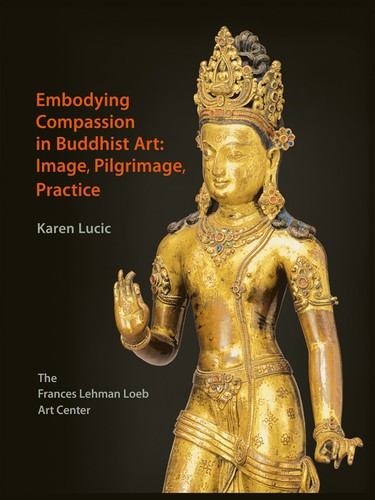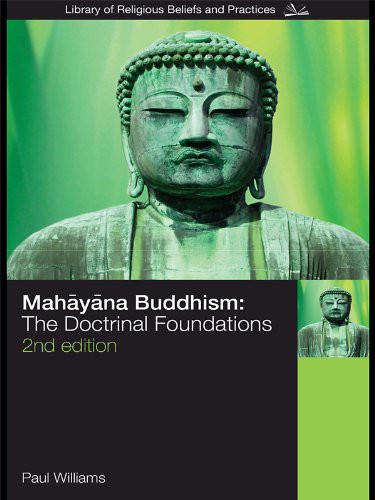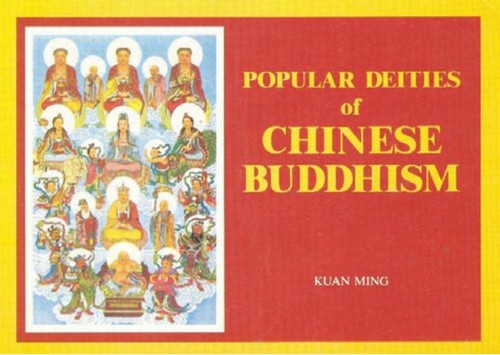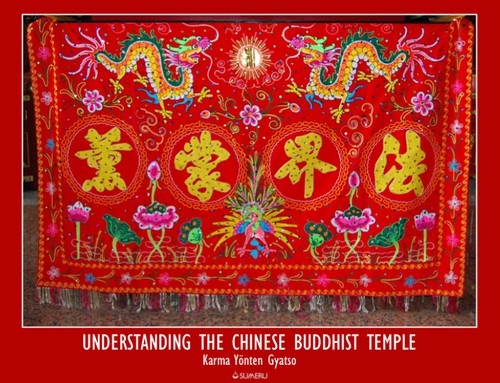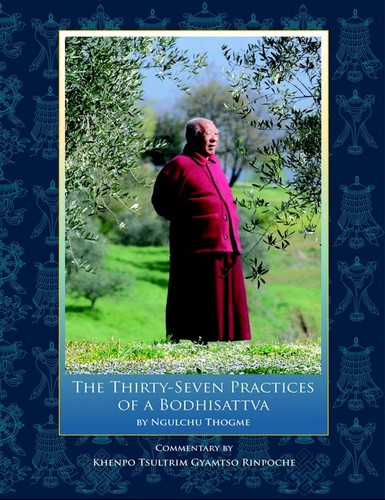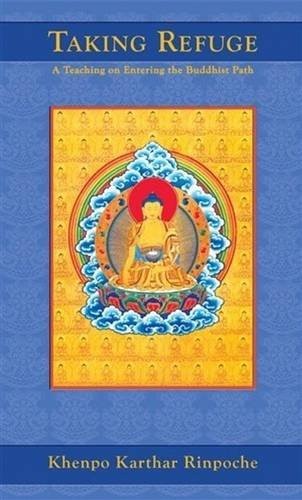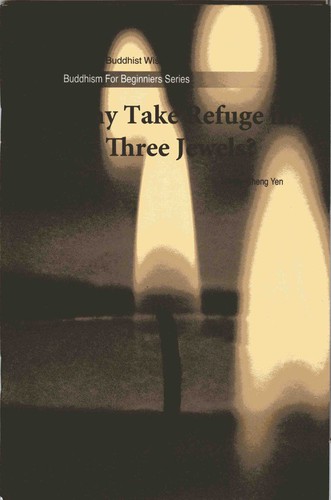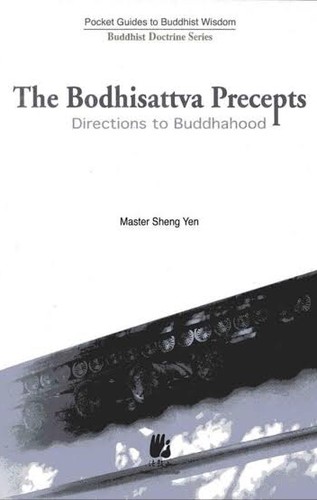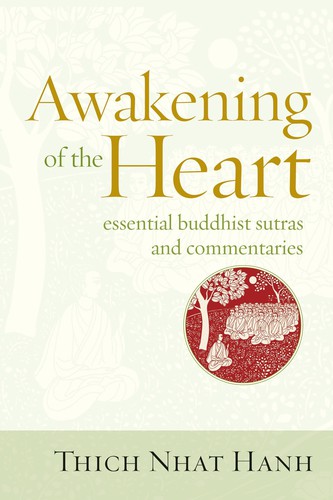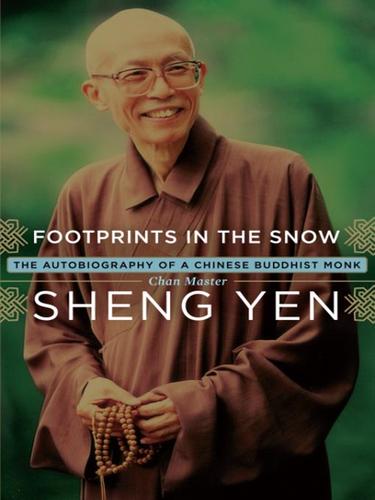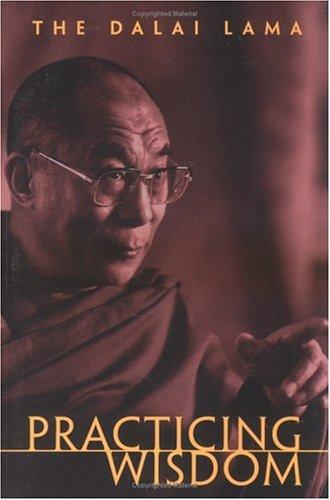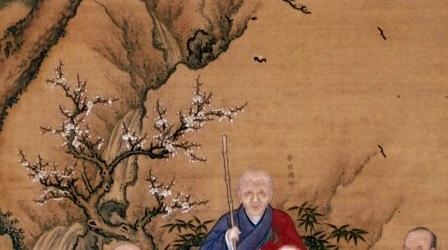Mahāyāna
Subscribe to this topic via: RSS
The northern Buddhist lineage.
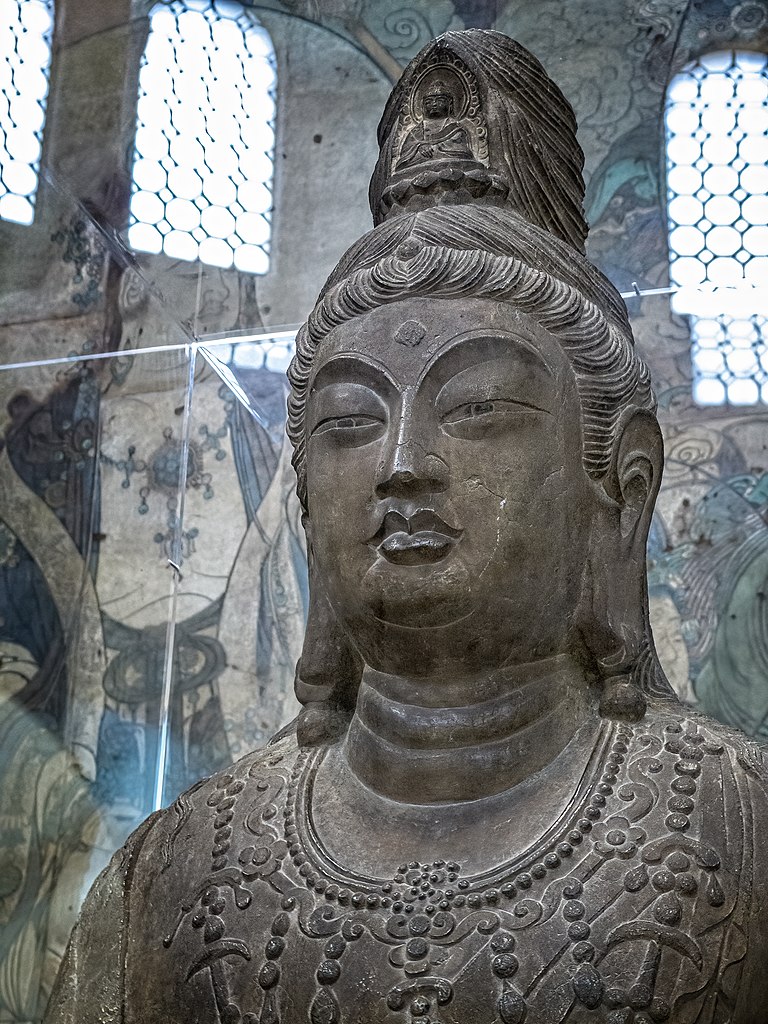
A Guanyin statue from Shaanxi, China dated 706 C.E. is kept in a glass case. The Mahāyāna greatly expanded the Buddhist cosmos, adding many deities, Bodhisattvas, and Buddhas in a vast pantheon populating an infinite, interpenetrating multiverse. (Mary Harrsch, CC BY-SA 4.0)
Table of Contents
Books (27)
Featured:
-
🥇 Best of
-
320 pages
-
⭐ Recommended530 pages[recommended but under copyright]
-
⭐ Recommended210 pages[recommended but under copyright]
-
168 pages[recommended but under copyright]
See also:
Canonical Works (7)
Featured:
-
An English translation of a Vietnamese translation of (and commentary on) “The Eight Great Awakenings Sutra” (佛說八大人覺經, T0779) which breaks down right view into eight components.
-
Kind protector, compassionate deity, heed me now, I pray
-
zuk tongpa o | tongpanyi kyang zuk so
Form is empty; emptiness is form; -
I confess each and every misdeed.
I rejoice in all goodness.
I request and pray to all the buddhas to teach and remain in saṃsāra.
May I attain sublime, supreme, unsurpassed wisdom! -
A simple, daily recitation of the qualities of the triple gem from the Tibetan Tradition.
-
For all the beings ailing in the world,
Until their sickness has been healed,
May I become the doctor and the cure
See also:
Readings (50)
Featured:
-
🥇 Best of
Indeed, it is no exaggeration to say that the MNS has provided the historical starting-point as well as the chief scriptural basis for enquiry into the problem of the Buddha-nature in China, and it would be difficult if not impossible to grasp the significance of the concept and its subsequent evolution in Chinese Buddhism without a proper understanding of the teaching of the MNS on the subject.
-
🥇 Best of
The spell overflows with concrete nouns and dynamic verbs, with-out ever committing fully to semantic or syntactic cohesion. What does such language do? How does it act in the world of the speaker or reader? The Saddharmapuṇḍarīka itself offers guarantees of efficacy, but does not explain the precise mechanism of the dhāraṇī.
-
Reciting the “Hero’s March Spell” every day causes goblins, demons, and strange ghosts to be sincere and refrain from harming people.
-
Literacy disrupted the continuity of the oral tradition and reoriented access to knowledge from the oral- and aural-sense world to the visual world.
-
I will concentrate on the intellectual exchange between Buddhism and Chinese culture and outline the major issues from the historical perspective.
23 pages -
For the komusō, the shakuha-chi was not just a musical instrument but a veritable Dharma instrument (hōki).
-
Was Baker’s commitment to Zen practice much greater than a number of other of Suzuki’s close, very committed senior disciples? Or was it that Baker, in addition to his commitment to Zen, was more committed to institutional growth than the others, and importantly, was the only disciple who possessed the necessary skills and qualities to achieve the growth that Suzuki desired?
-
… self-referential passages functioned as self-promotion strategies suited to the employment of the emerging medium of the manuscript
-
There is indeed a third alternative for resolving such inconsistencies, and it comes in the form of the doctrines of neyārtha and nītārtha. It is neither the authenticity nor the pragmatic truth of the [offending] scriptures which the [Mahayana] tradition questions, but [rather] their intended meaning.
-
Subsequent wheels build on and correct misconceptions in earlier ones, and the schema construes each successive dispensation as more profound than the preceding one(s) and as better representing the Buddha’s final thought.
-
… multiple ethical systems are vying for recognition regarding the self-immolations, and a certain Buddhist ambivalence around extreme acts of devotion complicate any easy designations of the act
-
… whenever we practise the bodhisattva’s actions–the trainings in generosity, discipline, patience, diligence, meditation and wisdom–it will cause this bodhicitta that is the union of emptiness and compassion to increase further and further.
-
All of us want some happiness and no one wants to suffer, so every action we take is motivated by the thought of how can I be happy, how can I avoid pain. In a world already divided in so many ways, we create a world of our own.
-
Worlds upon worlds appear, each with bejeweled pagodas, within each pagoda a buddha
-
For my part, I have no instruction more profound
Than altruistic love and compassion -
… arouse the thought of enlightenment…
-
Kannon has taken many forms in Japan and is probably the most venerated of Buddhist divinities.
-
One is in the center of the market engaged in all kinds of work and yet he stays on top of the solitary peak, gazing at the sky.
-
There are three ways: best, intermediate and inferior.
-
This is the instruction for confusion dawning as wisdom.
-
Continually, I shall take refuge…
See also:
Audio/Video (8)
Featured:
See also:
Reference Shelf (3)
Featured:
-
A typical example of a Chinese-English chanting book.
-
⭐ Recommended
The Taishō is the modern edition of the Mahayana Canon. You may have seen Taishō numbers before to refer to Mahayana Sutras (e.g. T100). This lengthy PDF gives an overview of the numbering scheme and points out specific numbers for many popular Mahayana texts.
See also:
